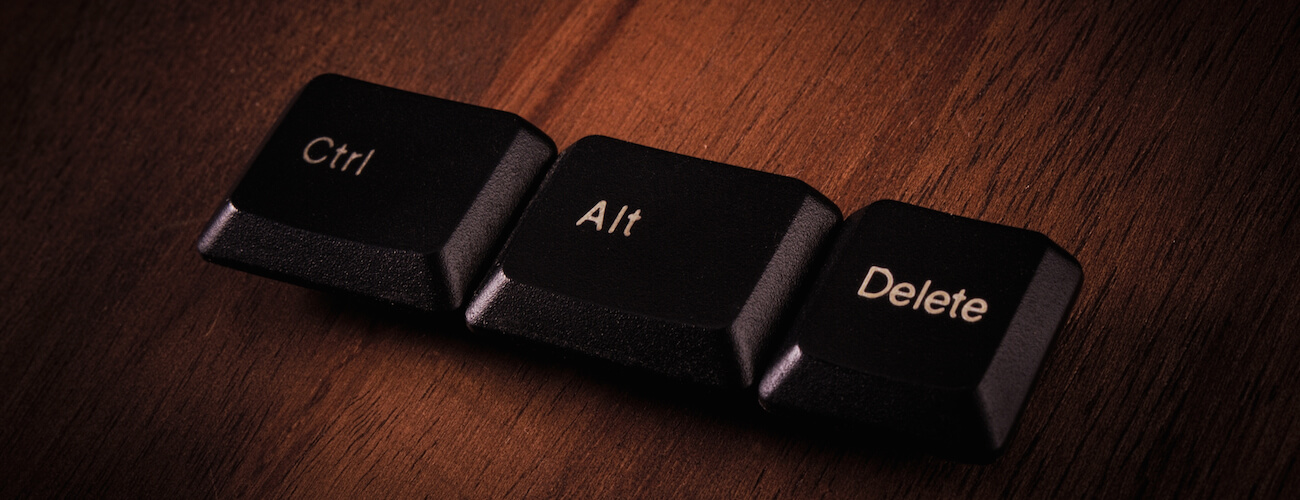Don't Get Distracted
Waste Elimination Is Critical In Your Pursuit of Delivering Value to the Customer
Returning recently from a client engagement, I had the misfortune of driving around Prague just before rush hour on a Friday afternoon. The combination of highway construction and hurried commuters meant that I emerged an hour later on the other side of the city tense and distracted. I only emerged from my frustration about thirty minutes later to the gorgeous countryside between Prague and Dresden. It was late September and nature was in full autumnal splendor across the rolling hills. The fall colors took my breath away and I was left with the impression that I should pay more attention to my environment. It’s not every day that one encounters natural beauty this intense.
How we conduct ourselves on a daily basis is also often this way: we simply don’t pay enough attention to what is immediately in front of us because we are visually or mentally distracted.
When discovering small amounts of waste in a manufacturing facility or a business process and suggesting that they be eliminated, the response is often: “it’s just not that important. The savings generated aren’t worth the effort to eliminate the waste.” Measured directly, that is often true. Saving seconds on an operation. tidying a factory aisle or eliminating a bit of communication in the office may not justify the effort required to make and sustain the change. But effecting those small modifications is indicative of a mindset that is always on the watch for ways to improve. This mindset is one of the more difficult aspects of implementing a continuous improvement culture. As with any behavioral change, the more often the behavior is practiced, the sooner it is likely to become habit. Further, a non-compromising approach to eliminating waste is likely to uncover bigger waste opportunities.
Lean, of course, is about identifying and eliminating waste so as to deliver more value directly to the customer, even if the immediate waste appears minute. To do that effectively and continuously, each person in an organization needs to constantly be on the lookout for possibilities. Thus the tradition of the waste walk focusing exclusively on identifying and eliminating waste without being distracted.
Sometimes distractions hold us back from experiencing nature in its full glory and sometimes they prevent us from uncovering and eliminating waste. Planning time for waste walks in whatever form is appropriate for your organization not only will it uncover opportunities for improvement but also help foster habits and a mindset dedicated to eliminating waste, regardless of size and impact.





